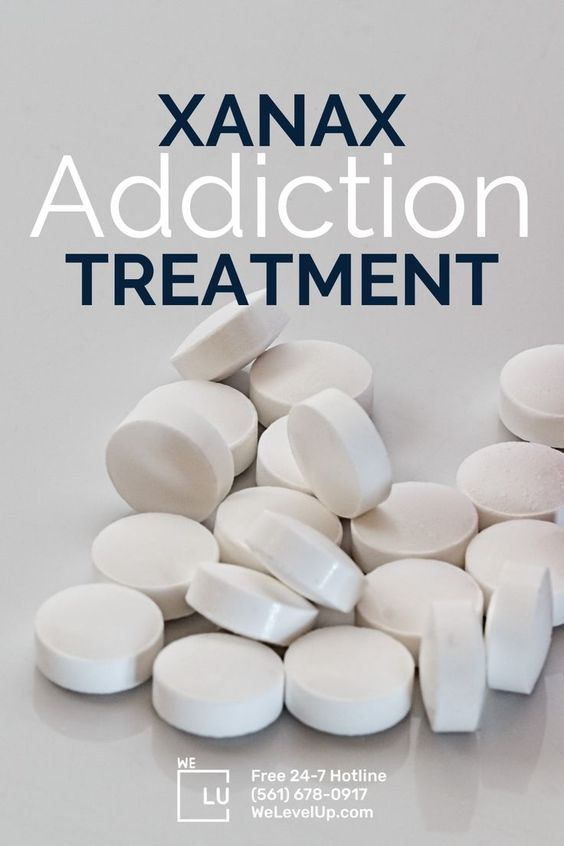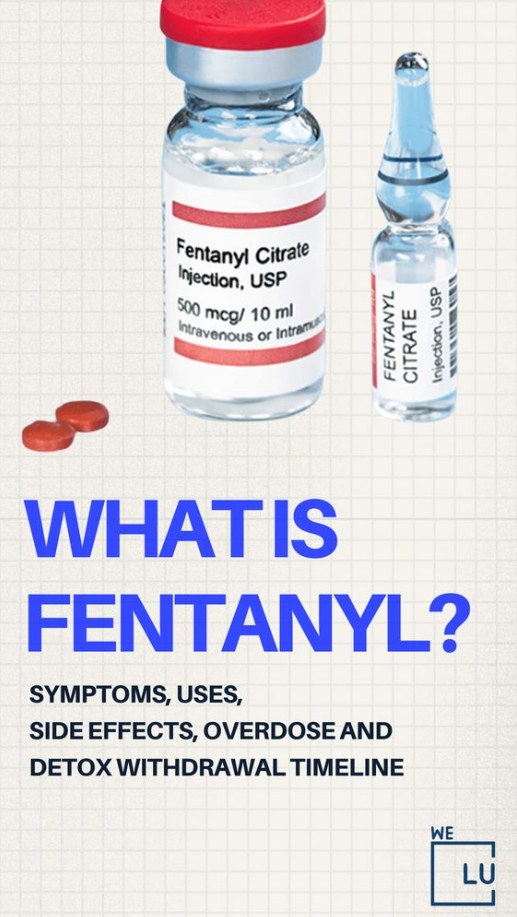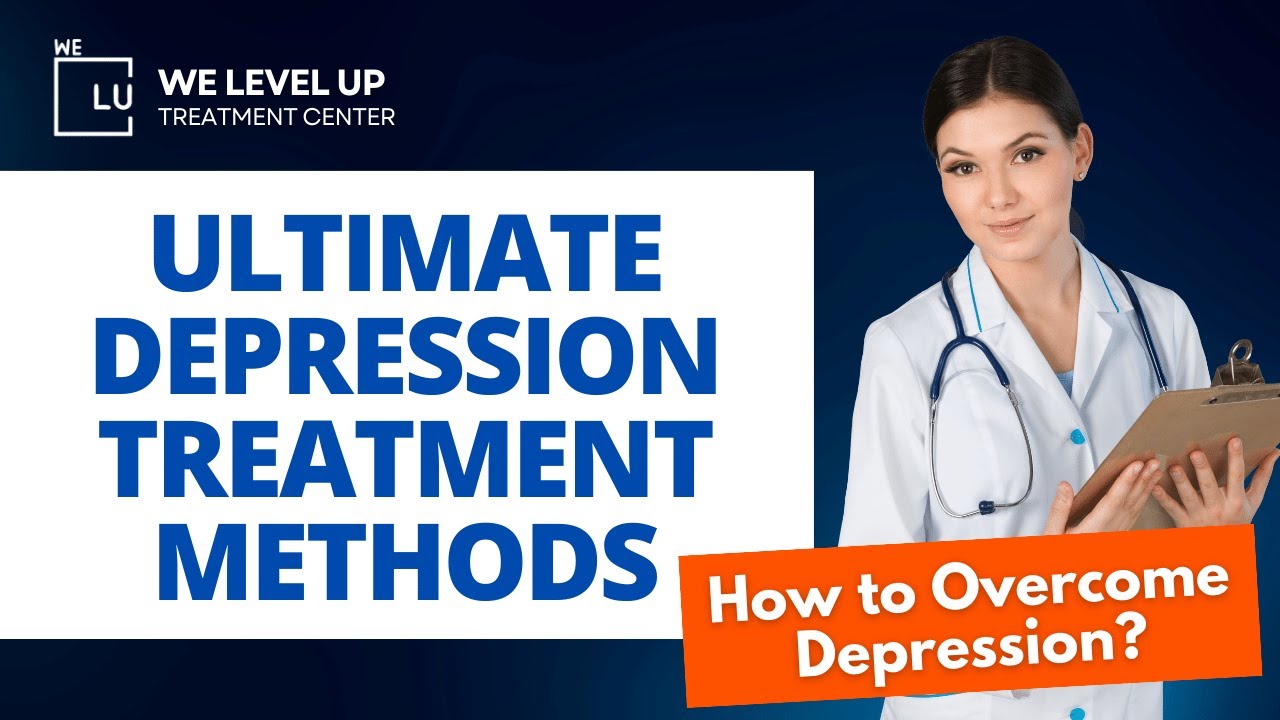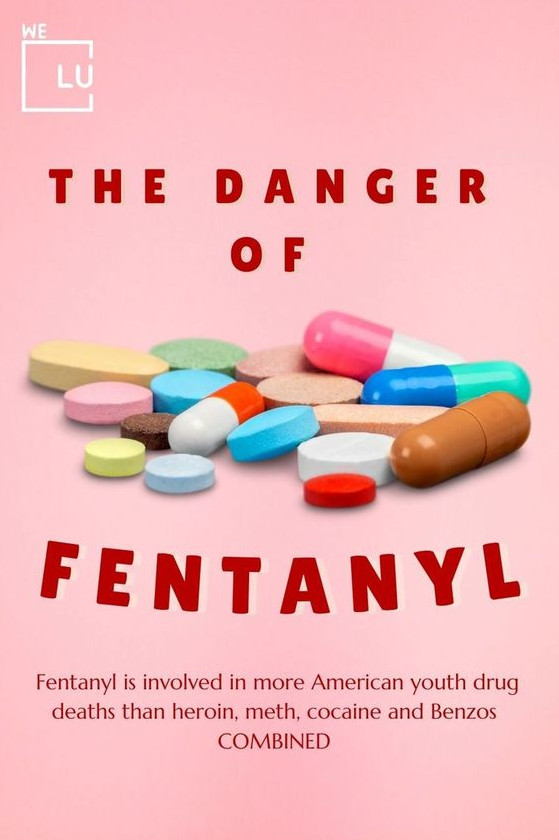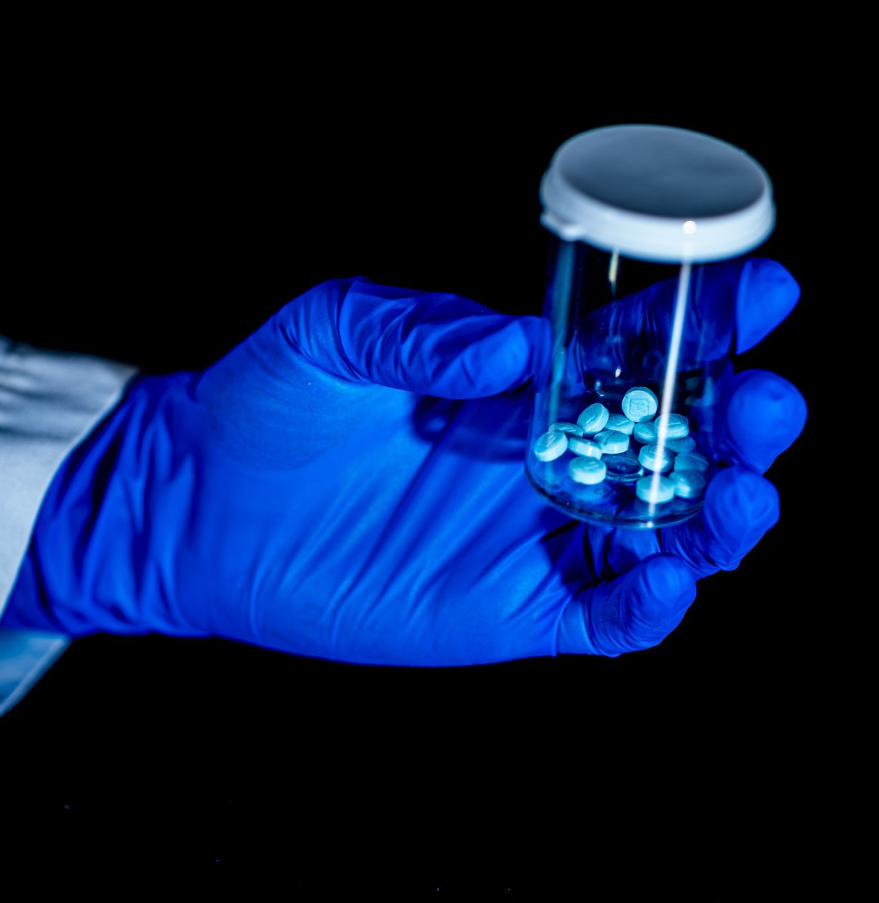Causes of Opiate Withdrawal
Opiate is a substance used to treat pain or cause sleep. Opiates are made from opium or have opium in them. Opiates bind to opioid receptors in the central nervous system. Examples of opiates are codeine, heroin, and morphine. An opiate is a type of analgesic agent. Opiates or opioids are drugs used to treat pain. The term narcotic refers to either type of drug. If you stop or cut back on these drugs after heavy use of a few weeks or more, you will have a number of symptoms. This is called opiate or opioid withdrawal.
In 2018 in the United States, about 808,000 people reported using heroin during the past year. In the same year, about 11.4 million people used narcotic pain relievers without a prescription. [1] Narcotic pain relievers include:
- Codeine
- Heroin
- Hydrocodone (Vicodin)
- Hydromorphone (Dilaudid)
- Methadone
- Meperidine (Demerol)
- Morphine
- Oxycodone (Percocet or Oxycontin)
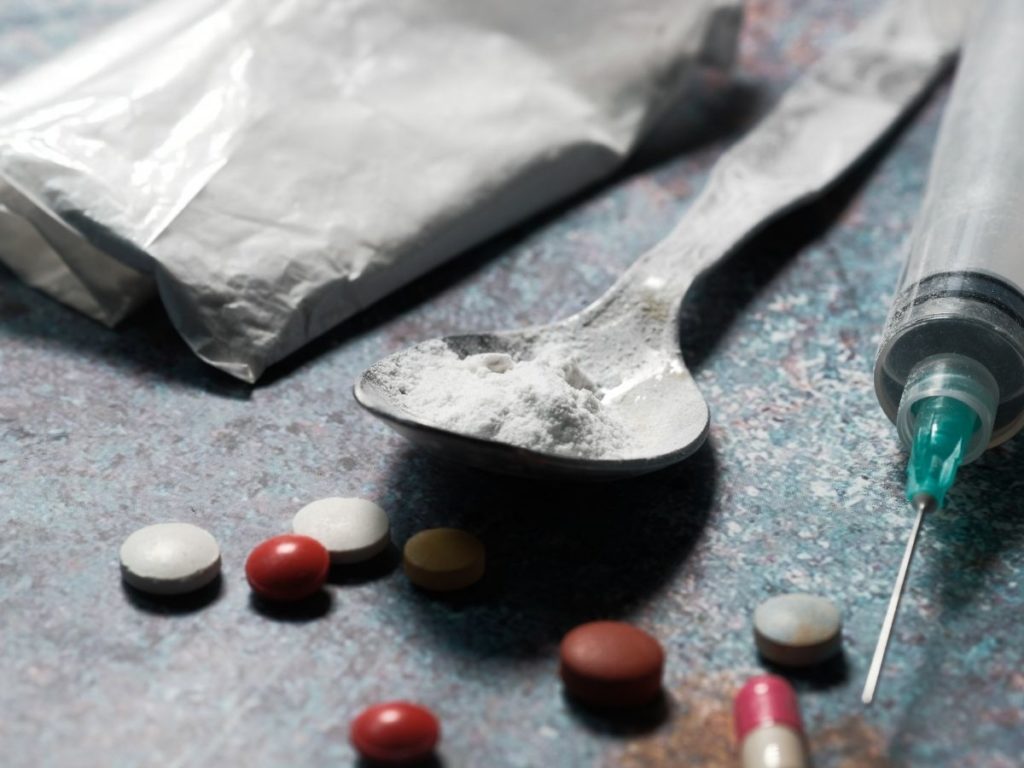
These drugs can cause physical dependence. This means that a person relies on the drug to prevent withdrawal symptoms. Over time, more of the drug is needed for the same effect. This is called drug tolerance. How long it takes to become physically dependent varies with each person. When the person stops taking the drugs, the body needs time to recover. This causes withdrawal symptoms. Withdrawal from opiates can occur any time long-term use is stopped or cut back.
What Are the Stages of Opiate Addiction?
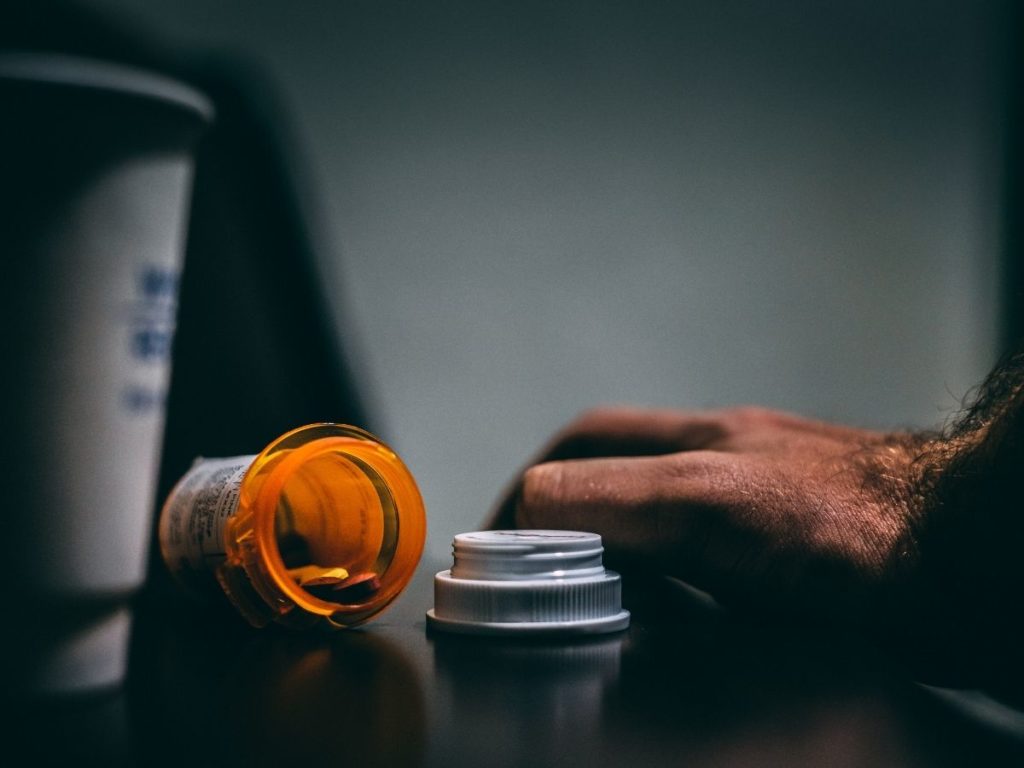
Opiate tolerance happens when a person using opiates begins to experience a reduced response to medication, requiring more opioids to experience the same effect.
Opiate dependence happens when the body adjusts its normal functioning around regular opioid use. Unpleasant physical symptoms occur when medication is stopped.
Opiate addiction happens when attempts to cut down or control use are unsuccessful or when used results in social problems and a failure to fulfill obligations at work, school, and home. Opiate addiction often comes after the person has developed opiate tolerance and dependence, making it physically challenging to stop opiate use and increase withdrawal risk.
Without awareness, you may become addicted to prescription opioids that were given to you for a medical condition. Consequently, you will start using opiate drugs intentionally for the high they can provide. Opiates’ effects on the brain are strong as they can deplete certain chemicals with continued abuse. Classic signs of opiate addiction can be eventually, your brain will become dependent on opioids to function normally, then, you will start needing more opioids just to ward off withdrawal and feel “normal.”
Opiate Withdrawal Symptoms
Early symptoms of withdrawal include:
- Agitation
- Anxiety
- Muscle aches
- Increased tearing
- Insomnia
- Runny nose
- Sweating
- Yawning
Late symptoms of withdrawal include:
- Abdominal cramping
- Diarrhea
- Dilated pupils
- Goose bumps
- Nausea
- Vomiting
These symptoms are very uncomfortable but are not life-threatening. Symptoms usually start within 12 hours of last heroin usage and within 30 hours of last methadone exposure.
How Long Does Opiate Withdrawal Last
The symptoms can last a few days to more than 2 weeks. For most people, the worst symptoms get better after a few days.
If a doctor or paramedic gave you a drug to reverse an opioid overdose, your withdrawal symptoms may come on faster and feel worse. They also may cause changes in your blood pressure or heart rate that need medical attention.
Withdrawal from opiates is painful, but usually not life-threatening.
Complications include vomiting and breathing in stomach contents into the lungs. This is called aspiration, and it can cause lung infection. Vomiting and diarrhea can cause dehydration and body chemical and mineral (electrolyte) disturbances.
The biggest complication is returning to drug use. Most opiate overdose deaths occur in people who have just detoxed. Withdrawal reduces the person’s tolerance to the drug, so those who have just gone through withdrawal can overdose on a much smaller dose than they used to take.
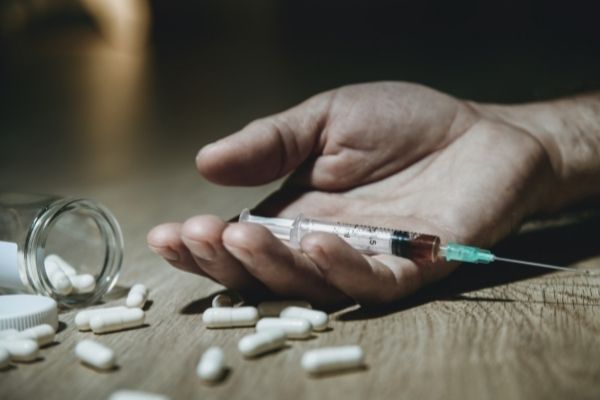
Opiate Withdrawal Timeline/Stages of Opiate Withdrawal
Early-stage: Stopping opioids and cravings
A person will begin experiencing cravings for opioids shortly after they stop taking them and usually around the time they would have taken their next dose. The half-life of a drug can help predict when these cravings will begin. The half-life of a drug is the period of time it takes the body to eliminate half a dose of it. Most opioids have a short half-life of just a few hours. Oxycodone’s half-life is 3–5 hours. Methadone has a longer half-life of 8–60 hours.
Cravings will get worse and worse over several hours. Some symptoms that a person might experience include:
- Anxiety
- An intense desire to take more opioids in order to feel normal
- Frustration
- A preoccupation with opioids
- Physical symptoms that may get steadily worse
At this stage, a person may still be able to manage their withdrawal symptoms with distraction, support, or doing something else that leads to pleasure.
However, some individuals may require opioid addiction treatment during this stage.
Peak stage: Intense withdrawal symptoms
Opioid withdrawal symptoms will become progressively more severe as opioids leave the body. With most drugs, the symptoms are the most intense a day or so after a person stops using. However, extended-release drugs and long-acting opioids may have a later peak, at around 30–72 hours after a person stops using them.
At this peak stage, a person may feel very sick. Some common symptoms include:
- Mood changes, anxiety, depression, and feelings of hopelessness
- Intense drug cravings
- A strong belief that one needs the drug
- Diarrhea, vomiting, and constipation
- A rapid heart rate
- Increases in blood pressure
- Difficulty sleeping
- Feeling cold or hot
- Sweating
- Flu-like symptoms
This stage of withdrawal is the most powerful, and it is the time when a person is at higher risk of relapse. A person may be unable to distract themselves or think about anything else. They may also be so sick that they cannot get out of bed. [2]
Opiate Withdrawal Infographics
The infographic below focuses on opiates, substances used to relieve pain or induce sleep, which are derived from opium or contain opium. Opiates bind to opioid receptors in the central nervous system. Examples include codeine, heroin, and morphine. Opiates are a type of analgesic agent and are used for pain management. The term “narcotic” can refer to either type of drug. If you abruptly reduce or stop using these drugs after prolonged heavy use, you may experience a range of symptoms, known as opiate or opioid withdrawal.
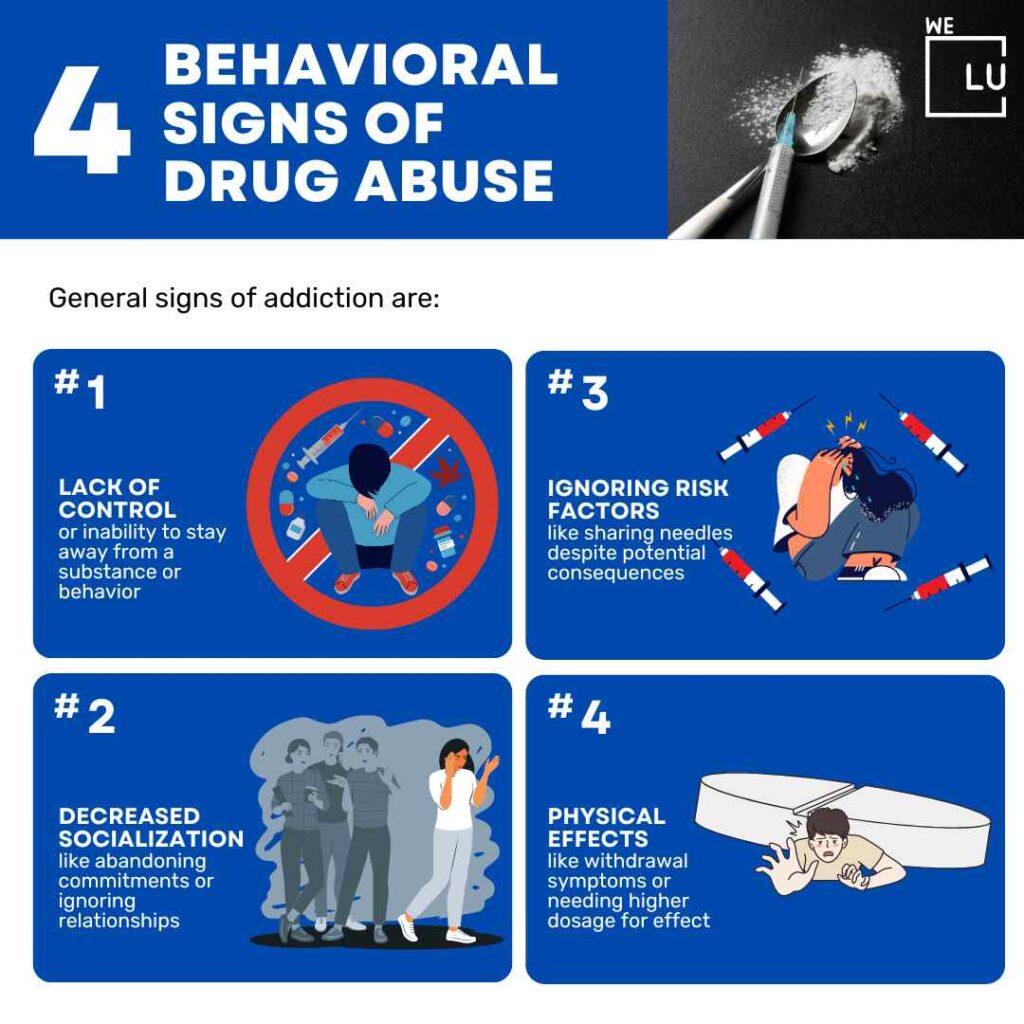
Embed the above “4 Behavioral Signs of Drug Abuse” This infographic is provided by the We Level Up Addiction Treatment Center team. To use the above infographics, you agree to link back and attribute its source and owner at https://weleveluptx.com/opiate-withdrawal/
4 Behavioral Signs of Drug Abuse image link: https://weleveluptx.com/wp-content/uploads/2024/03/4-Behavioral-Signs-of-Drug-Abuse-1024×1024.jpg
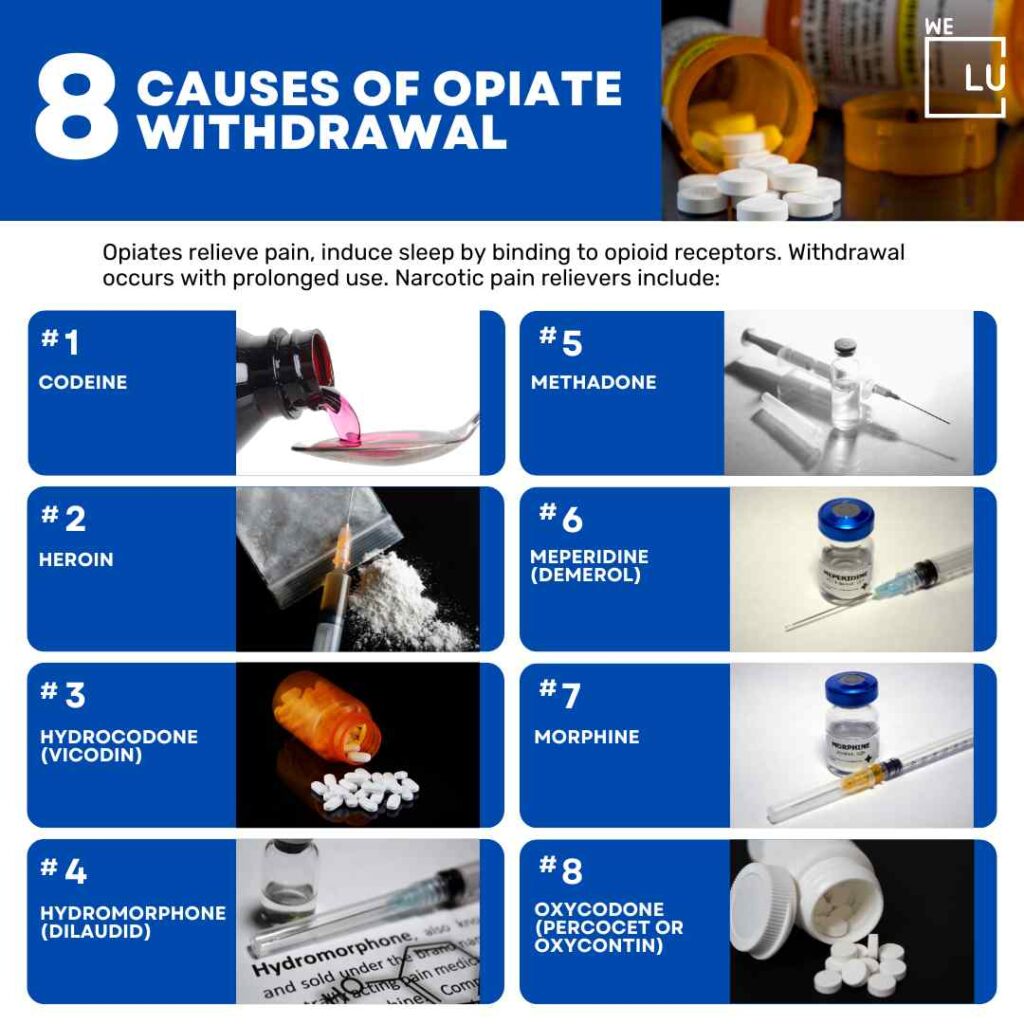
Embed the above “8 Causes of Opiate Withdrawal” This infographic is provided by the We Level Up Addiction Treatment Center team. To use the above infographics, you agree to link back and attribute its source and owner at https://weleveluptx.com/opiate-withdrawal/
8 Causes of Opiate Withdrawal image link: https://weleveluptx.com/wp-content/uploads/2024/03/8-Causes-of-Opiate-Withdrawal-1024×1024.jpg
Treatment for Opiate Withdrawal & Drug Addiction
Your health care provider will perform a physical exam and ask questions about your medical history and drug use. Urine or blood tests to screen for drugs can confirm opiate use. Other testing will depend on your provider’s concern for other problems. Tests may include:
- Blood chemistries and liver function tests such as CHEM-20
- CBC (complete blood count, measures red and white blood cells, and platelets, which help blood to clot)
- Chest x-ray
- ECG (electrocardiogram, or heart tracing)
- Testing for hepatitis C, HIV, and tuberculosis (TB), as many people who abuse opiates also have these diseases
Withdrawal from these drugs on your own can be very hard and may be dangerous. Treatment most often involves medicines, counseling, and support. You and your provider will discuss your care and treatment goals.
Withdrawal can take place in a number of settings:
- At-home, using medicines and a strong support system. (This method is difficult, and withdrawal should be done very slowly.)
- Using facilities set up to help people with detoxification (detox).
- In a regular hospital, if symptoms are severe.
Your doctor may diagnose withdrawal based on your symptoms and a physical exam. They might also do a urine test to see which drugs you’ve used.

The American Psychiatric Association has four criteria for withdrawal:
- You’ve stopped or cut back after heavy opioid use for several weeks or more, OR you’ve received an opioid antagonist, a drug that reverses the effects of opioids, such as naloxone.
- You have three or more withdrawal symptoms within minutes or days of stopping, cutting back, or getting the antagonist.
- These symptoms cause serious problems with your daily life.
- The symptoms aren’t happening because of another medical condition or mental disorder.
Medication
Methadone relieves opiate withdrawal symptoms and helps with opioid detox. It is also used as a long-term maintenance medicine for opioid dependence. After a period of maintenance, the dose may be decreased slowly over a long time. This helps reduce the intensity of withdrawal symptoms. Some people stay on methadone for years.
Buprenorphine (Subutex) treats withdrawal from opiates, and it can shorten the length of detox. It may also be used for long-term maintenance, like methadone. Buprenorphine may be combined with Naloxone (Bunavail, Suboxone, Zubsolv), which helps prevent dependence and misuse.
Clonidine is used to help reduce anxiety, agitation, muscle aches, sweating, runny nose, and cramping. It does not help reduce cravings.
Other medicines can:
- Treat vomiting and diarrhea
- Help with sleep
Naltrexone can help prevent relapse. It is available in pill form or as an injection. It also, however, can bring about a sudden and severe opiate withdrawal if taken while opioids are still in your system. [3]
People who go through withdrawal over and over should be treated with long-term methadone or buprenorphine maintenance.
Most people need long-term treatment after detox. This can include:
- Self-help groups, like Narcotics Anonymous or SMART Recovery
- Support groups can be enormously helpful to people addicted to opiates:
- Narcotics Anonymous — www.na.org
- SMART Recovery — www.smartrecovery.org
- Outpatient counseling
- Intensive outpatient treatment (day hospitalization)
- Inpatient treatment
Anyone going through detox for opiates should be checked for depression and other mental illnesses. Treating these disorders can reduce the risk for relapse. Antidepressant medicines should be given as needed.
Clearing opiates from the body and overcoming withdrawal symptoms is the goal of opiate detox, which is the first step of any opiate addiction treatment center.
Firstly, you need to go to detox to obtain recovery, in a safe and medically supervised setting. We Level Up TX Detox center medically assist clients to clear their systems of addictive substances including opiates.
For anyone who suffers from addiction, just the thought of having to stop using can cause severe mental distress. But, with the help of a medical detox center, the medical detox process is managed. A comprehensive team prescribing MAT or medication-assisted treatment can alleviate your opiate withdrawal pains while monitoring your health 24 hours. Assuring both your safety and comfort. Ready to get help? Contact us today for more information.
Sources:
[1] Opiate and opioid withdrawal – U.S. Department of Health and Human Services National Institutes of Health
[2] What is the timeline for opioid withdrawal? – https://www.medicalnewstoday.com/articles/opioid-withdrawal-timeline
[3] We Level Up – Treatment » Opiate Detox & Opioid Detox
